当前位置:
X-MOL 学术
›
MIS Quarterly
›
论文详情
Our official English website, www.x-mol.net, welcomes your
feedback! (Note: you will need to create a separate account there.)
Deconstructing Technostress: A Configurational Approach to Explaining Job Burnout and Job Performance
MIS Quarterly ( IF 7.0 ) Pub Date : 2024-06-01 , DOI: 10.25300/misq/2023/16978
Katharina Pflügner , Christian Maier , Jason Thatcher , Jens Mattke , Tim Weitzel
MIS Quarterly ( IF 7.0 ) Pub Date : 2024-06-01 , DOI: 10.25300/misq/2023/16978
Katharina Pflügner , Christian Maier , Jason Thatcher , Jens Mattke , Tim Weitzel
Understanding how technostressors lead to technostrain, such as high job burnout or low job performance, has become a core question in information systems (IS) research and practice. To unpack this relationship, we build on general systems theory to argue that the next step for technostress research is to go beyond examining the independent influences of technostressors and discuss how their interdependencies lead to technostrain. To illustrate our argument empirically, we use fuzzy-set qualitative comparative analysis (fsQCA) and identify four configurations of high- and low-intensity technostressors that lead to high job burnout and one that leads to low job performance. We show that three types of interdependencies among technostressors, i.e., complementarity, contingency, and substitution, form configurations that lead to technostrain. Within these configurations, high-intensity technostressors can mutually enhance their effects and low-intensity technostressors can buffer the impact of other high-intensity technostressors on technostrain. The results help to explain why organizational interventions that address independent technostressors may fail if they do not account for the interdependencies among technostressors. Our work provides evidence of the need to further develop theories that explain how and why interdependencies among technostressors lead to technostrain.
中文翻译:

解构技术压力:解释工作倦怠和工作绩效的配置方法
了解技术压力源如何导致技术压力,例如高工作倦怠或低工作绩效,已成为信息系统(IS)研究和实践的核心问题。为了解开这种关系,我们以一般系统理论为基础,认为技术压力研究的下一步是超越检查技术压力源的独立影响,并讨论它们的相互依赖性如何导致技术压力。为了从经验上说明我们的论点,我们使用模糊集定性比较分析(fsQCA)并确定了四种高强度和低强度技术压力源配置,这些配置会导致高工作倦怠,而另一种则会导致低工作绩效。我们表明,技术压力源之间的三种相互依赖性,即互补性、偶然性和替代性,形成了导致技术压力的配置。在这些配置中,高强度技术压力源可以相互增强其效果,而低强度技术压力源可以缓冲其他高强度技术压力源对技术应变的影响。研究结果有助于解释为什么如果不考虑技术压力因素之间的相互依赖性,针对独立技术压力因素的组织干预可能会失败。我们的工作提供了证据,表明需要进一步发展理论来解释技术压力因素之间的相互依赖性如何以及为何导致技术压力。
更新日期:2024-05-31
中文翻译:

解构技术压力:解释工作倦怠和工作绩效的配置方法
了解技术压力源如何导致技术压力,例如高工作倦怠或低工作绩效,已成为信息系统(IS)研究和实践的核心问题。为了解开这种关系,我们以一般系统理论为基础,认为技术压力研究的下一步是超越检查技术压力源的独立影响,并讨论它们的相互依赖性如何导致技术压力。为了从经验上说明我们的论点,我们使用模糊集定性比较分析(fsQCA)并确定了四种高强度和低强度技术压力源配置,这些配置会导致高工作倦怠,而另一种则会导致低工作绩效。我们表明,技术压力源之间的三种相互依赖性,即互补性、偶然性和替代性,形成了导致技术压力的配置。在这些配置中,高强度技术压力源可以相互增强其效果,而低强度技术压力源可以缓冲其他高强度技术压力源对技术应变的影响。研究结果有助于解释为什么如果不考虑技术压力因素之间的相互依赖性,针对独立技术压力因素的组织干预可能会失败。我们的工作提供了证据,表明需要进一步发展理论来解释技术压力因素之间的相互依赖性如何以及为何导致技术压力。






















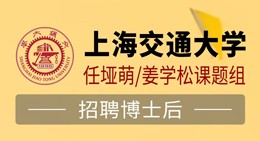

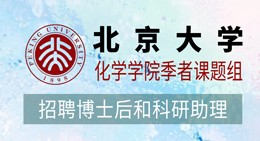


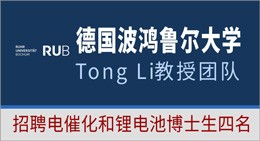
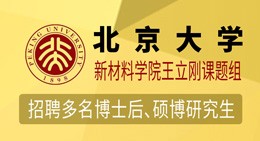
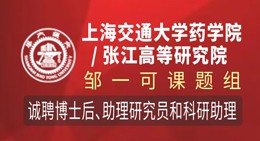
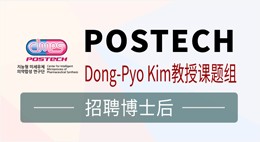
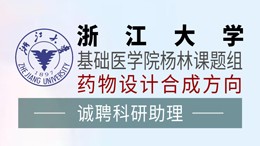



 京公网安备 11010802027423号
京公网安备 11010802027423号